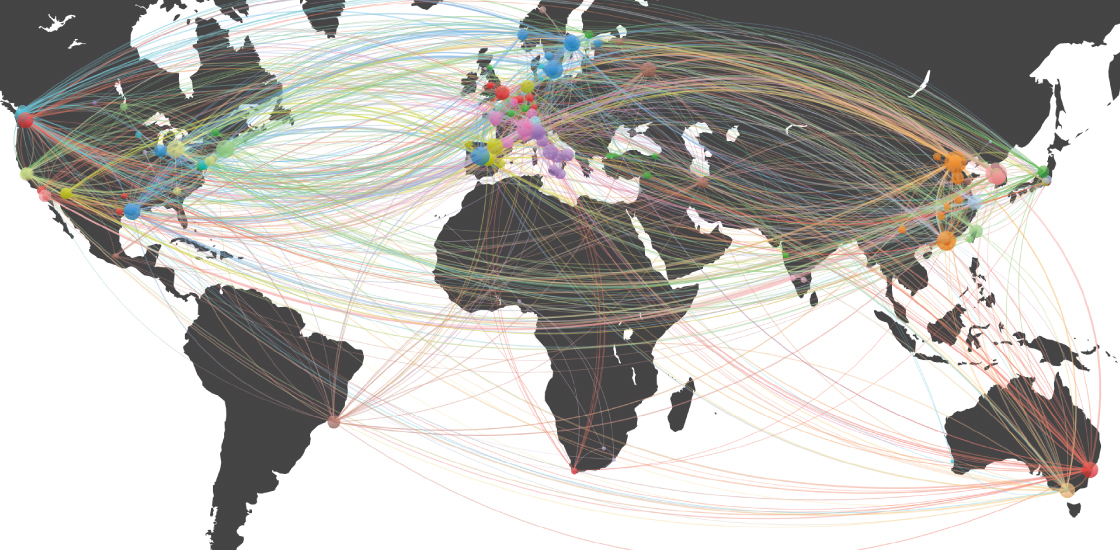Researchers can now reference a human protein blueprint that’s more than 90 percent complete. A new report from the Human Proteome Organization released in October highlights 17,874 novel proteins identified between 2010 and 2020. The effort draws on contributions from nearly 50 teams across 6 continents.
The organization launched the Human Proteome Project in 2010 as a follow-up to the Human Genome Project. The human proteome reflects thousands of gene modifications expressed in the genome. The project aims to better characterize and treat human disorders at the protein level. As part of that, it seeks to identify the entire human proteome and make proteomics as central to research as genomics.
Studying conditions at the protein level is fundamental for defining and treating them, because proteins are responsible for all human biology, function and behavior, says Mark Baker, a lead investigator with the project and professor of proteomics at Macquarie University in Australia.
“It’s really important to know not only the genome of a person but how their proteome’s working, if they’ve got a disease, for example, like cancer,” Baker says.
Pulling proteins:
The new analysis brings the estimated total of known human proteins to 19,773. Classifying these proteins may help clinicians better detect molecular processes involved in health and disease, and diagnose and treat cancers, neurodegenerative diseases and neurological conditions such as autism.
The researchers identified and classified novel proteins based on five increasingly rigorous levels of evidence. Some 9.6 percent of the proteins, or 1,899 of them, failed to pass the most stringent level but may be added to the project’s catalog in the future with more careful sampling of rare cells and improved sample detection limits, the authors say.
The project has already helped to reveal genes that may be involved in cancer. It has also helped researchers to subclassify cardiovascular disease and to accurately and rapidly detect infectious agents, including the SARS-CoV-2 virus responsible for the COVID-19 pandemic. Going forward, it may also lead to new research angles for Alzheimer’s, autism and other neurological conditions.
Clinicians and scientists studying various types of autism would look at what protein changes emerge from the mutations involved, Baker says. From there, they could investigate the proteins encoded by the genes, and make animal models to test treatments targeted at these proteins. Virtually all drugs target proteins and their function, not genes, he says.
The project anticipates having 95 percent of the human proteome mapped between 2024 and 2027. Several labs are working to improve the project’s protocols, and the team plans to develop new technology to improve its ability to detect proteins.






